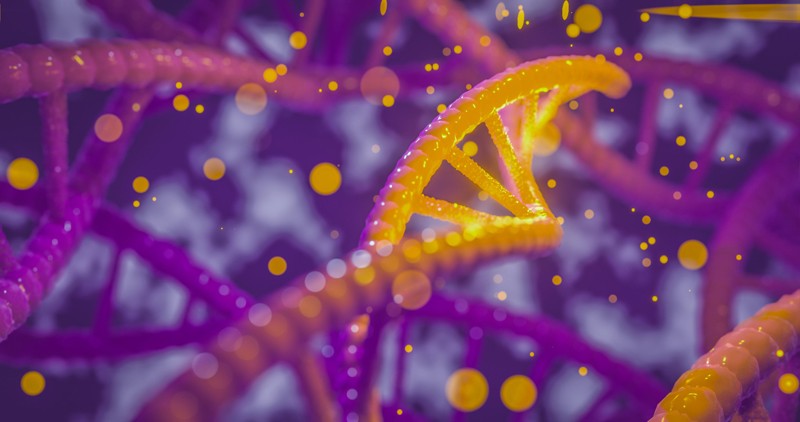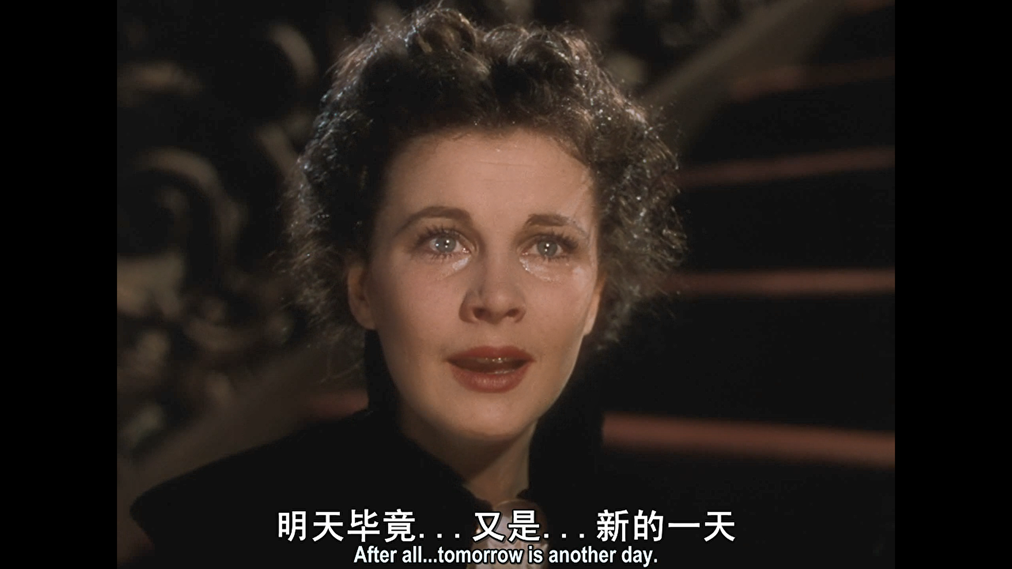每日外闻142
The Role of the Medial Habenula Cholinergic System in Addiction and Emotion-Associated Behaviors
Abstract
The habenula is a complex nucleus composed of lateral and medial subnuclei, which connect between the limbic forebrain and midbrain. Over the past few years, the lateral habenula has received considerable attention because of its potential roles in cognition and in the pathogenesis of various psychiatric disorders. Unlike extensively studied lateral habenula, anatomically and histologically distinct medial habenula remains largely understudied. The medial habenula can be further subdivided into a dorsal region containing excitatory neurons that express the tachykinin neuropeptide substance P and a ventral region containing dense cholinergic neurons. Although the medial habenula is the source of one of the major cholinergic pathways in the brain, relatively few studies have been conducted to understand its roles. Recently, however, the medial habenula cholinergic system has attracted more attention because of its potential to provide therapeutic targets for the treatment of nicotine withdrawal symptoms, drug addiction, and various mood disorders. Here, we discuss the role of the medial habenula cholinergic system in brain function.
主要表达的意思就是MHb的研究较少,本文总结了MHb胆碱能系统在治疗尼古丁戒断症状、药物成瘾和各种情绪障碍方面具有潜在的治疗靶点的文章。
Depression
Cholinergic hyperactivity in the brain has long been associated with depressive phenotypes (57–59). Increased extracellular levels of ACh after administration of acetylcholinesterase(乙酰胆碱酯酶) inhibitor can lead to depressed mood states in both normal humans and rodents (60, 61). The depression-like behaviors or symptoms are reversed by broad administration of nAChRs or mAChRs antagonists in an established animal model or human patients (62–65). Recent shRNA-mediated knockdown of ChAT in the rat habenula induces anhedonia but not despair-like behavior (21). Downregulation of cholinergic signaling in the habenula, including decreased expression of the genes related to cholinergic signaling, such as ChAT, CHT, VAChT, CHRNA3, and CHRNB4, has been demonstrated in an animal model of depression and in suicide victims diagnosed with major depressive disorder (21). Furthermore, selective pharmacogenetic activation of habenula cholinergic neurons via DREADDs in ChAT-cre mice leads to the excitation of dopamine neurons in the VTA and reduces serotonin immunoreactivity in the DRN (21), suggesting that habenular cholinergic neurons directly or indirectly regulate monoaminergic neurons in the midbrain.
However, Xu et al. reported that electrically-induced lesions (损伤) of the MHb in rats attenuated(减轻) the lower sucrose consumption caused by chronic unpredictable mild stress (CUMS), but did not attenuate the increased immobility time in the FST, in accord with the cholinergic hyperactivity theory of depression (22). The release of substance P derived from MHbD was increased in the IPN of CUMS-exposed rats and the resulting higher SP levels increased the neuronal activity of the IPN. This study suggests that hyperactivity of the MHb-IPN pathway triggers the anhedonia-like behavior and higher SP signaling mediates a lower hedonic(快乐的) state. The increased hedonic state caused by the MHb-lesion in the CUMS-exposed rats is contradictory in that both the reduced cholinergic signaling following ChAT knockdown in the MHbV (21) and genetic ablation of MHbD (9) resulted in anhedonia-like behavior. Considering that SP-expressing neurons are present in the MHbD and that the SP receptor Tacr1 is mainly expressed in the MHbV (5), the close correlation between neuronal signaling in the MHbD and MHbV in the MHb-IPN pathway will require further study.
MHb区活化,引起动物抑郁样症状
得到了一些存在矛盾的结论(MHb区损伤会导致CUMS暴露的大鼠愉悦程度增加,但与此矛盾的是MHbV区敲低ChAT基因后,胆碱能信号减弱,使用遗传手段切除MHbD区,会导致快感缺失行为)
See you tomorrow










